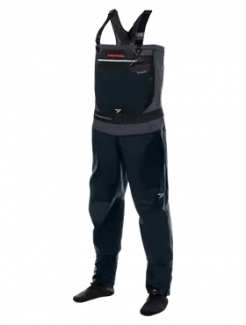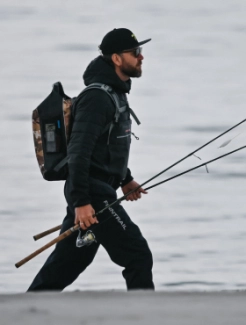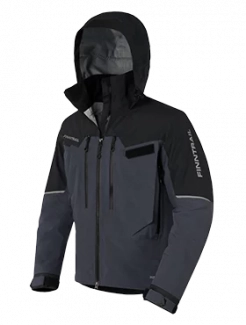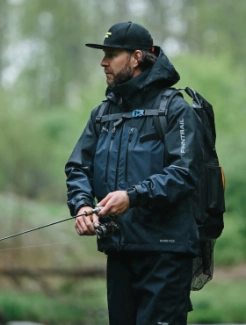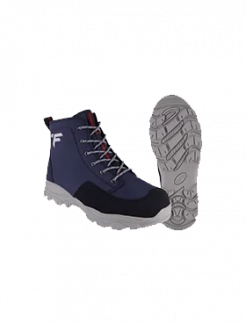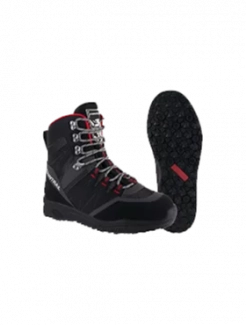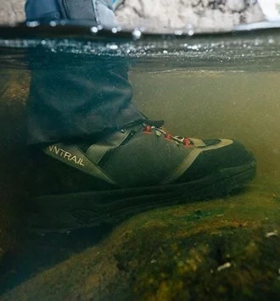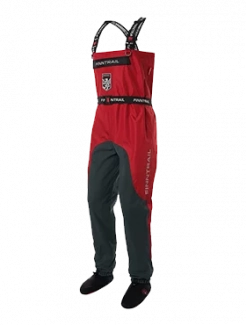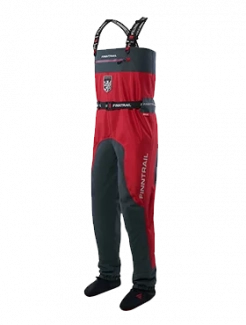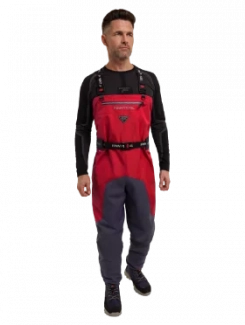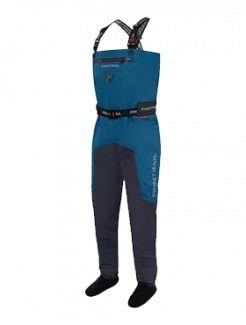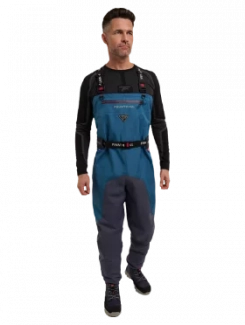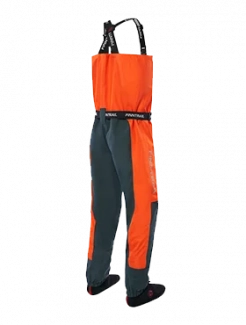The Complete Guide to Selecting a Salmon Fly Reel
Salmon fishing is one of the most thrilling and rewarding experiences in fly fishing. Whether you’re chasing Atlantic salmon in Scottish rivers or Pacific kings in Alaska, the right salmon fly reel makes all the difference. Choosing the right gear ensures you have the strength, balance, and drag performance needed to land these powerful fish.
This comprehensive guide explains how to choose the best fly reel for salmon fishing, covering reel size, drag systems, materials, balance with your salmon fly rod and reel, and other essential features.
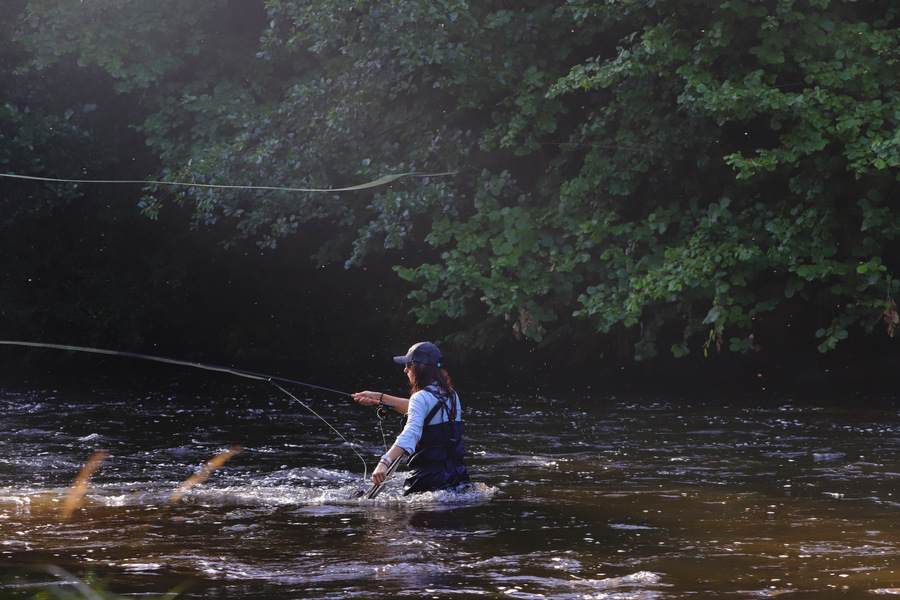
Understanding the Importance of a Salmon Fly Reel
A salmon fly reel is not just a line holder — it’s the powerhouse that helps you fight and land large, fast, and unpredictable fish. Unlike trout reels, reels for salmon need to handle long runs, heavy backing, and strong drag pressure without overheating or failing.
When salmon make their blistering runs downstream, a reliable reel with smooth drag and robust construction becomes your best ally. Choosing the best salmon reels requires considering performance, durability, and how well they match your rod and fishing style.
Matching Your Reel to Your Salmon Fly Rod
Your rod and reel must be perfectly balanced for efficient casting and control. A mismatched setup can lead to fatigue and poor line management.
Rule of thumb:
-
Pair a 7–9 weight fly rod with a reel rated for the same line weight.
-
For large Chinook or Atlantic salmon, consider a 9–10 weight combo.
-
For smaller species like pink or sockeye salmon, a 7–8 weight rod and reel are usually sufficient.
A balanced setup ensures smooth casting and helps maintain tension during long battles.
What Size Fly Reel for Salmon?
One of the most common topics among anglers is choosing the right fly reel size for salmon.
In general:
-
Atlantic Salmon: 8–9 weight reel
-
Chinook (King) Salmon: 9–10 weight reel with ample backing capacity
-
Coho and Sockeye Salmon: 7–8 weight reel
-
Pink Salmon: 6–7 weight reel
Make sure your reel can hold at least 150–200 yards of 30 lb backing. Salmon often make long runs, and having enough line capacity is critical to avoid heartbreak when the fish runs deep.
The Importance of Drag Systems
When selecting the best fly reel for salmon, one of the most crucial factors to consider is the drag system.
1. Disc Drag
Modern fly reels typically use sealed disc drags. These provide consistent resistance, protect the line from sudden surges, and remain smooth even under heavy loads.
2. Click-and-Pawl Drag
Classic hardy fly reels often use click-and-pawl mechanisms. While they provide a traditional sound and feel, they require more skill to fight large salmon effectively.
3. Sealed vs. Unsealed Drag
For saltwater or mixed environments, sealed drags—like those found on Ross fly fishing reels for salmon—offer excellent protection against corrosion and grit.
Construction and Material: Strength Meets Balance
Durability is non-negotiable when selecting the salmon fly reel. Salmon reels must withstand both the fish’s strength and the elements of cold, wet environments.
-
Machined aluminum reels are the standard for serious salmon anglers. They are lightweight, corrosion-resistant, and incredibly strong.
-
Cast aluminum reels are more affordable but less durable under stress.
-
Anodized finishes provide additional protection, particularly in brackish or saltwater conditions.
For the best longevity and performance, opt for CNC-machined aluminum reels for salmon with sealed components.
Weight and Balance: Finding the Sweet Spot
The best fly reel for salmon is one that balances your rod perfectly. An unbalanced setup can cause casting fatigue during long days on the river.
To test balance, mount the reel on your rod and see if the setup balances at the point where you hold it. If the tip dips downward, the reel may be too light; if it’s heavy in the back, you may need a lighter reel.
Proper balance improves accuracy, control, and overall comfort.
Large Arbor vs. Standard Arbor Fly Reels
When exploring fly fishing reels for salmon, you’ll notice two main arbor designs:
1. Standard Arbor Reels
These traditional reels hold more lines but retrieve slower.
2. Large Arbor Reels
The fly fishing reels typically feature large arbors. They offer faster line retrieval and reduce line memory, which is essential when a salmon suddenly turns and runs toward you.
A large arbor reel is ideal for maintaining tension and quickly picking up slack.
Spool Design and Line Capacity
A quality salmon fly reel must offer ample spool capacity for both fly line and backing. Always choose a reel with a deep spool capable of holding heavy backing lines.
Interchangeable or quick-change spools are another valuable feature, allowing you to swap between floating and sinking lines depending on conditions.
Drag Smoothness and Start-up Inertia
Smooth drag start-up prevents sudden tippet breakage when a salmon makes an explosive run. Premium reels—such as those in the category of Hardy salmon fly reels or Ross fly fishing reels for salmon—are designed to minimize start-up inertia, delivering seamless pressure from the first pull.
When testing reels, pay attention to the initial pull resistance. A smooth, consistent drag can mean the difference between landing or losing a trophy fish.
Freshwater vs. Saltwater Considerations
Many anglers pursue salmon in estuaries and coastal rivers, where saltwater exposure is common. For these environments, sealed drag systems and corrosion-resistant materials are essential.
If you plan to fish both freshwater and saltwater, choose a reel designed for crossover performance. Brands offering hybrid salmon fly reels provide the flexibility needed for varied fishing locations.
Maintenance and Longevity
Even the best reel requires proper care. Rinse your reel with fresh water after each use, especially if it’s been exposed to salt. Periodically lubricate moving parts and check for line wear or drag inconsistencies.
High-end reels can last decades with proper maintenance, making them a worthwhile investment.
Price vs. Performance
Choosing the best fly reel for salmon fishing doesn’t always mean buying the most expensive model. However, a cheap reel may fail under the pressure of a large salmon.
Aim for reels that balance quality and cost, offering reliable drag, solid construction, and long-term durability. Investing in a quality reel ensures smoother performance and more memorable catches.
Key Features Checklist for Salmon Fly Reels
When evaluating options, look for:
-
Sealed disc drag system
-
CNC-machined aluminum body
-
Large arbor design
-
Quick-change spool
-
Corrosion-resistant finish
-
Proper backing capacity (150–200 yards of 30 lb backing)
-
Smooth start-up inertia
These features define the best salmon fly fishing reels on the market.
Final Thoughts: Choosing the Best Fly Reel for Salmon
Selecting the best fly reel involves balancing functionality, durability, and comfort. Whether you’re casting on the River Spey or drifting in Alaskan waters, your reel should inspire confidence and control.
The right reel won’t just hold your line—it will help you connect to the power of the fish and the rhythm of the water.
When in doubt, choose quality over gimmicks. The best fly reels for salmon are those that combine smooth drag, reliable build, and perfect balance with your rod. With the right setup, every run, jump, and fight becomes an unforgettable part of your salmon fishing story.

